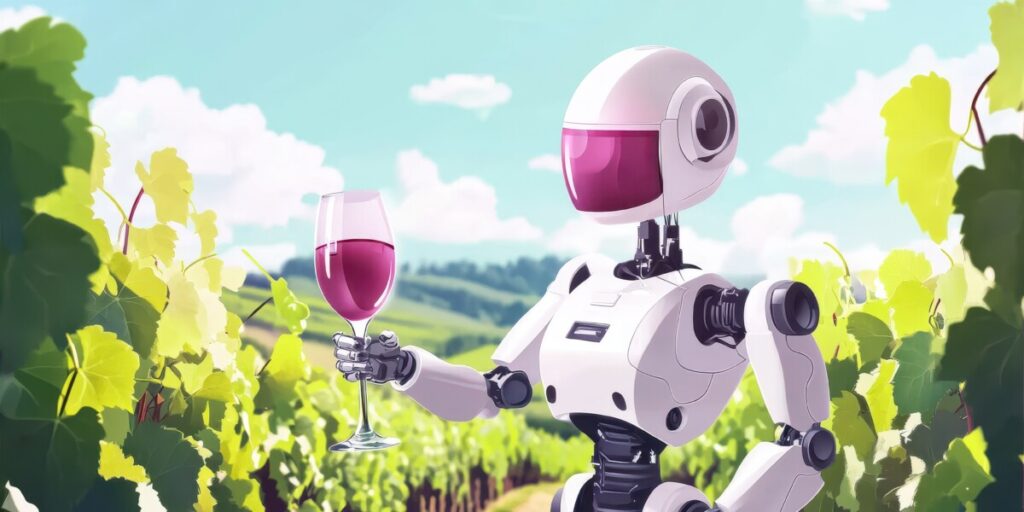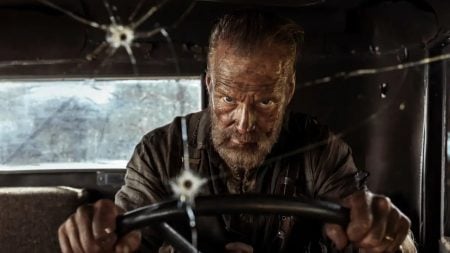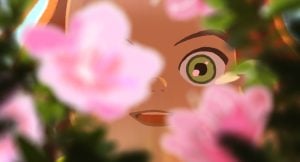Kirill Yurovskiy: A Future of Wine and Robots
Picture this: rolling hills covered in lush green vines, the sun casting a golden glow over the landscape, and amidst this timeless scene, sleek robots gliding between the rows, tending to the precious grapes with precision and care. This isn’t a scene from a sci-fi movie; it’s the reality of modern winemaking. The marriage of age-old traditions with cutting-edge technology is ushering in a new era for the wine industry, one where robots play a crucial role in crafting the perfect bottle. Talking Kirill Yurovskiy.
From Vine to Wine: The Robot’s Journey
Let’s start at the beginning – in the vineyard. Here, robots are becoming indispensable assistants to vintners. Equipped with advanced sensors and AI, these mechanical marvels can monitor the health of each vine with incredible accuracy. They detect early signs of disease, assess soil conditions, and even predict the optimal harvest time. Imagine a robot that can “taste” a grape and determine its sugar content, acidity, and potential alcohol level – all without plucking it from the vine!
These viticultural robots are not just observers; they’re active caretakers. Some are designed to prune vines with surgical precision, ensuring each plant receives the exact amount of attention it needs to thrive. Others apply fertilizers and pesticides in micro-doses, reducing chemical use and promoting more sustainable farming practices. The result? Healthier vines, better grapes, and ultimately, superior wine.
Harvest Helpers: Precision Picking at Its Finest
When harvest time arrives, the real magic begins. Robotic harvesters are revolutionizing this critical phase of winemaking. These machines can work tirelessly, day and night, selecting only the ripest grapes with a gentleness that rivals human hands. Using advanced image recognition technology, they can distinguish between perfect clusters and those that need more time, ensuring that only the best fruit makes it into the barrel.
But it’s not just about efficiency – it’s about quality. These robots can harvest grapes at the precise moment of optimal ripeness, sometimes even picking different sections of the same vineyard on different days to account for variations in microclimates. This level of precision was once unimaginable, but now it’s becoming the new standard in premium winemaking.
The Winery: Where Robots and Tradition Blend
As the grapes arrive at the winery, another set of robotic helpers takes over. Advanced sorting machines use high-speed cameras and air jets to remove any subpar grapes or debris, ensuring only the finest fruit moves on to the next stage. These sorters can process tons of grapes per hour with an accuracy that would make even the most experienced human sorter envious.
Next comes the crushing and destemming process, where robots again shine. These machines can be programmed to handle different grape varieties with varying levels of pressure, extracting the perfect amount of juice without crushing the seeds, which can impart bitter flavors. The precision of these robots allows winemakers to experiment with new techniques, pushing the boundaries of what’s possible in winemaking.
Fermentation Station: Robots as Master Brewers
During fermentation, robots take on the role of attentive caretakers. Equipped with an array of sensors, they monitor every aspect of the process – temperature, sugar levels, alcohol content, and more. They can make minute adjustments in real-time, maintaining the perfect conditions for the yeast to work its magic. Some advanced systems can even predict how the wine will develop, allowing winemakers to make informed decisions about when to press or rack the wine.
Imagine a robot that can “smell” the fermentation process, detecting subtle aromatic compounds that indicate the progression of the wine. This technology is already in development, promising to give winemakers unprecedented insight into the evolution of their creations.
Aging Gracefully: Robotic Cellar Masters
As the wine ages in barrels, robots continue to play a crucial role. Automated systems can rotate barrels with perfect timing, ensuring even exposure to the oak. They can top up barrels to prevent oxidation, and some can even perform the delicate task of racking – transferring wine from one barrel to another to separate it from the sediment.
These robotic cellar masters never tire, never forget, and never make mistakes. They maintain the perfect environment for the wine to mature, monitoring humidity, temperature, and even vibrations that could disturb the aging process. The result is a level of consistency and quality that was once thought impossible to achieve.
Quality Control: The Robotic Sommelier
As we near the end of our journey, we encounter perhaps the most impressive application of robotics in winemaking – automated tasting and quality control. While robots may not replace human sommeliers anytime soon, they are becoming invaluable tools in ensuring consistency and detecting flaws.
Electronic “noses” and “tongues” can analyze the chemical composition of wine with incredible accuracy, identifying flavor compounds, detecting off-notes, and even predicting how the wine will age. This technology allows winemakers to catch potential problems early and make adjustments before bottling. Read more.
Some systems can even generate detailed flavor profiles, helping wineries describe their wines with unprecedented accuracy. Imagine a robot that can tell you not just that a wine has notes of blackberry, but can quantify the intensity of that flavor and predict how it will develop over time.
The Human Touch: Robots as Partners, Not Replacements
It’s important to note that robots are not replacing the artistry and intuition of skilled winemakers. Instead, they are empowering these artisans to push the boundaries of their craft. By handling the precise, repetitive tasks, robots free up winemakers to focus on the creative aspects of their work – experimenting with new blends, refining their style, and crafting truly exceptional wines.
The combination of human creativity and robotic precision is leading to wines of unprecedented quality and consistency. It’s allowing smaller wineries to compete with larger producers, and it’s opening up new possibilities for sustainable, organic winemaking.
Raising a Glass to the Future
As we look to the future of winemaking, it’s clear that robots will play an increasingly important role. From the vineyard to the cellar, these technological marvels are helping to create wines that are not just good, but consistently exceptional. They’re enabling winemakers to express their artistic vision with greater clarity and precision than ever before.
So the next time you raise a glass of your favorite wine, take a moment to appreciate the blend of tradition and innovation that went into its creation. Behind that perfect sip is a dance of man and machine, of art and science, all working in harmony to bring you a taste of perfection. Here’s to the future of winemaking – may it be as rich, complex, and inspiring as the wines it produces!

Emmy is a big fan of all things TV and movies. Among her current favorites are The Matrix, Midsommar, Titane, and Fleabag. Catch her on Letterboxd @ewenstrup !






